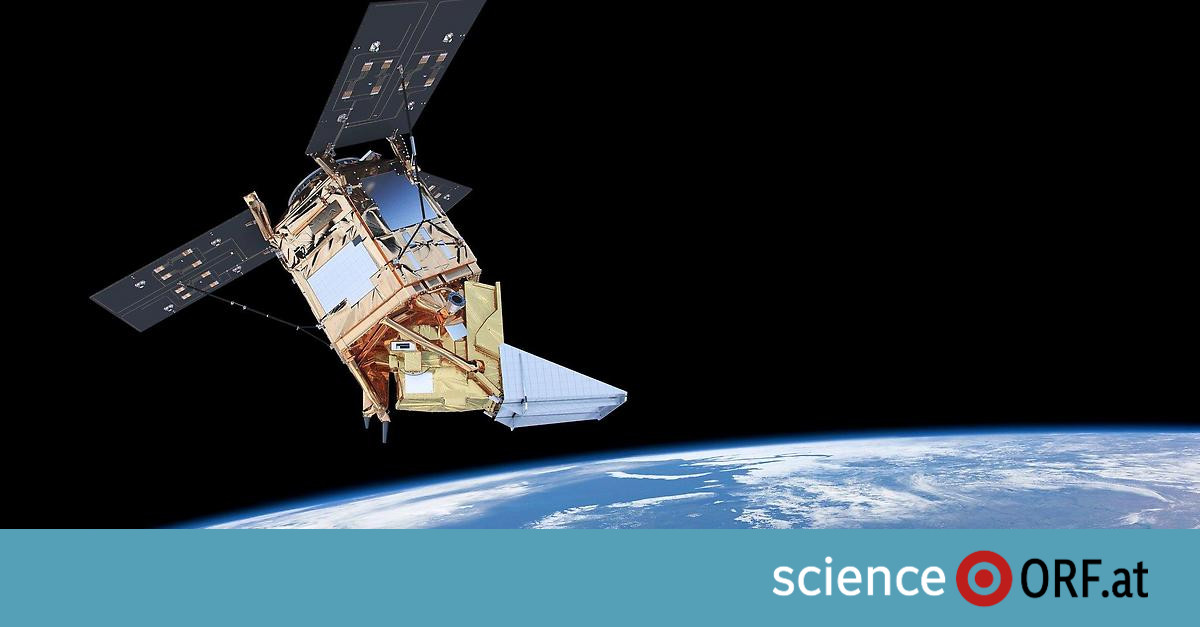This week, the organizations involved in the project will gather in Innsbruck, such as Geosphere Austria (formerly ZAMG) on Wednesday at send communication.
The background is the Paris Agreement on climate protection, which obliges European countries to reduce greenhouse gas emissions by at least 55% by 2030. To monitor progress, all countries submit data on greenhouse gas emissions annually. In Austria, the Federal Environment Agency is responsible for this.
More accurate than before
Existing and planned satellite instrumentation in the future will make it possible to more accurately analyze the sources and sinks of greenhouse gases and, based on this, use model applications to calculate where and how much greenhouse gases are produced or apportioned. However, the use of satellite data in matters of air quality and greenhouse gas monitoring in Austria has so far played a minor role.
One of the problems so far has been knowing spatially and temporally varying emissions, Geosphere Austria explained. Use new measuring devices, such as those on sentinel satellites From the European Space Agency ESA, satellite data for some air pollutants and greenhouse gases can increasingly be used to investigate seasonal or daily changes in the concentrations of pollutants and greenhouse gases with high resolution across the board.
Measurement and calculation
in the project “GHG-KIT: KEEP IT TRACKABLE” An Austrian consortium is now developing a prototype of an autonomous, satellite-based greenhouse gas verification system in Austria in order to support the Federal Environment Agency in reporting annual greenhouse gas emissions to the European Commission. The consortium consists of the companies GeoVille (project management), SISTEMA, Cloudflight and the Earth Observation Data Center (EODC) as well as the scientific organizations GeoSphere Austria, the University of Vienna and the Technical University of Vienna.
In the project, GeoSphere Austria is responsible for defining end-user requirements (in collaboration with the Federal Environment Agency) and concept planning. “This ranges from a mixture of measurement data from satellites and ground stations to calculation methods and evaluation of the entire system,” explained Markus Hertel, Head of Chemical Weather Forecasting at GeoSphere Austria. “In the project, we are also responsible for calculating the amounts of greenhouse gases released into the atmosphere by natural and anthropogenic sources, how they diffuse into the atmosphere and how far they disappear back, for example when plants absorb carbon dioxide.”
meeting of professionals
On April 12 and 13, about 50 representatives of participating organizations as well as experts from Norway, Ireland, Italy and Canada will gather in Innsbruck. The current results are discussed in several meetings and the next steps are planned. The “GHG-KIT” project runs from September 2022 to April 2025 and is funded by the Austrian Research Promotion Agency (FFG) and the Federal Ministry for Climate Protection, Environment, Energy, Mobility, Innovation and Technology.

“Total coffee aficionado. Travel buff. Music ninja. Bacon nerd. Beeraholic.”






More Stories
It's about autopilot in two million vehicles
Signa Loans Hypo Balance Sheet Cloud – vorarlberg.ORF.at
Innovator in Wieselburg – ZKW with 46 patents in 4th place in the Austrian ranking in 2023